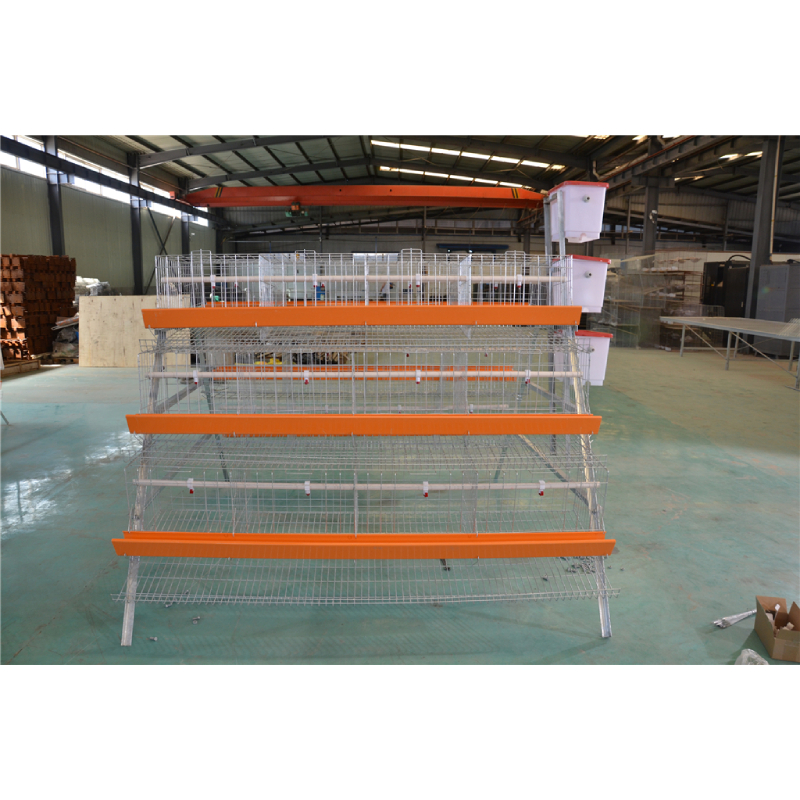Compact Pellet Machine for Small Fish Feed Production Efficiency
Nov . 25, 2024 02:58 Back to list
Compact Pellet Machine for Small Fish Feed Production Efficiency
The Importance of Small Fish Feed Pellet Machines in Aquaculture
Aquaculture, the farming of aquatic organisms such as fish, crustaceans, and mollusks, is a rapidly growing industry. With the increasing demand for fish as a primary source of protein globally, the efficiency and sustainability of fish farming operations have never been more critical. One significant advancement in this sector is the introduction of small fish feed pellet machines. These machines are designed to efficiently produce high-quality fish feed pellets, which are essential for promoting the growth and health of farmed fish.
Understanding Fish Feed Pellets
Fish feed pellets are specially formulated feeds that provide the necessary nutrition for fish growth, health, and reproduction. They are made up of various ingredients, including fish meal, plant proteins, vitamins, and minerals. The formulation of these pellets is crucial because the right balance of nutrients ensures optimal growth rates and reduces the risk of disease among fish populations. Traditional feeding methods, such as using raw feed or unprocessed ingredients, are often inefficient and can lead to waste and nutrient loss.
The Functionality of Small Fish Feed Pellet Machines
Small fish feed pellet machines are designed to transform raw ingredients into nutritionally balanced pellets that can be easily fed to fish. These machines typically operate through a process that includes grinding, mixing, conditioning, and extrusion.
1. Grinding The raw materials are ground into fine particles to ensure uniform mixing and avoid large chunks that fish cannot consume.
2. Mixing The ground materials are mixed thoroughly to achieve a homogeneous feed mixture that meets specific nutritional requirements.
4. Extruding Finally, the conditioned feed is extruded through a die to form pellets of desired shapes and sizes. The extruding process also helps in gelatinizing starch and ensuring that the nutrients are locked within the pellets.
small fish feed pellet machine

Benefits of Using Small Fish Feed Pellet Machines
1. Customizable Nutrition One of the primary advantages of using small fish feed pellet machines is the ability to customize the feed formulation according to the species of fish being farmed. Different fish species have varying nutritional needs, and small-scale farmers can tailor their feeds to optimize growth.
2. Reduced Waste By producing high-quality pellets that are digestible and nutritionally balanced, these machines reduce feed waste. In traditional feeding methods, unprocessed feeds often result in high levels of leftover feed that can pollute the aquaculture environment.
3. Cost-Effective Small fish feed pellet machines can be a cost-effective solution for small-scale fish farmers. Although there is an initial investment cost, the long-term benefits of increased growth rates and reduced feed waste can lead to greater profitability.
4. Improved Growth Rates Pelleted feeds produced by these machines generally lead to improved growth rates and feed conversion ratios. This means that fish can reach market size more quickly, enhancing the efficiency of farm operations.
5. Healthier Fish The production of high-quality, homogeneous pellets contributes to better fish health. A well-balanced diet reduces the risk of diseases and ensures that fish maintain their vitality.
Sustainability and the Future of Aquaculture
As the world faces challenges related to food security and environmental sustainability, the aquaculture industry must evolve. Small fish feed pellet machines play a pivotal role in this transformation, allowing farmers to produce high-quality feed sustainably and economically. By investing in such technology, small-scale fish farmers can contribute to a more sustainable aquaculture industry that meets the growing global demand for fish.
In conclusion, small fish feed pellet machines are a crucial tool in modern aquaculture. They not only ensure the production of high-quality fish feed but also support the sustainability and efficiency of fish farming operations. As technology continues to advance, the integration of such machines into fish farming practices will likely become more widespread, thereby enhancing the industry's contribution to global food production.
-
Hot Sale 24 & 18 Door Rabbit Cages - Premium Breeding Solutions
NewsJul.25,2025
-
Automatic Feeding Line System Pan Feeder Nipple Drinker - Anping County Yize Metal Products Co., Ltd.
NewsJul.21,2025
-
Automatic Feeding Line System Pan Feeder Nipple Drinker - Anping County Yize Metal Products Co., Ltd.
NewsJul.21,2025
-
Automatic Feeding Line System - Anping Yize | Precision & Nipple
NewsJul.21,2025
-
Automatic Feeding Line System - Anping Yize | Precision & Nipple
NewsJul.21,2025
-
Automatic Feeding Line System-Anping County Yize Metal Products Co., Ltd.|Efficient Feed Distribution&Customized Animal Farming Solutions
NewsJul.21,2025






